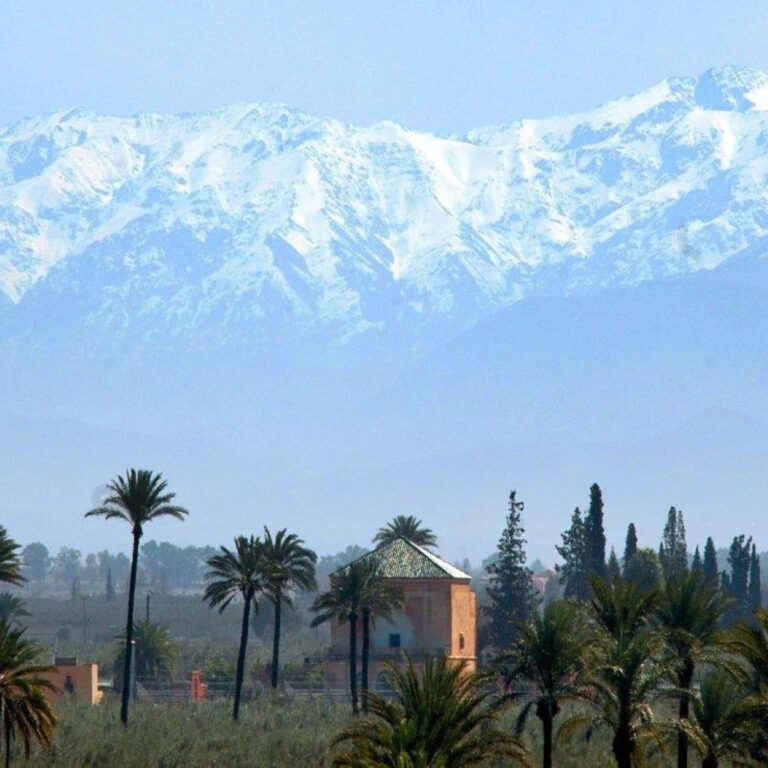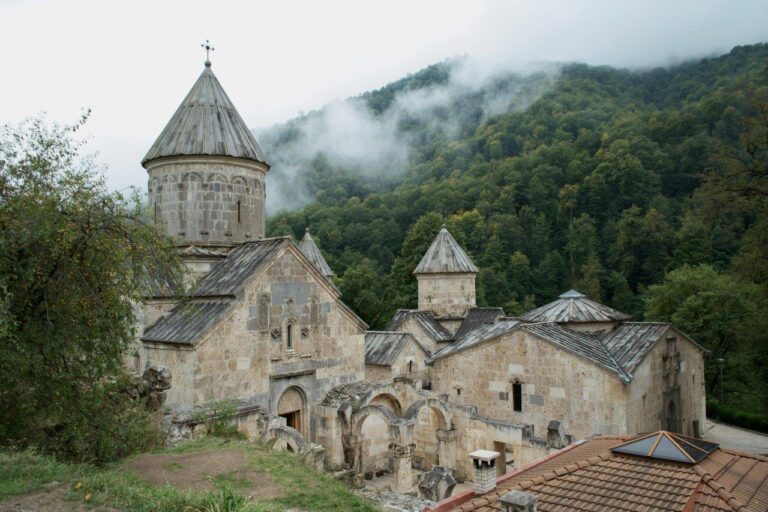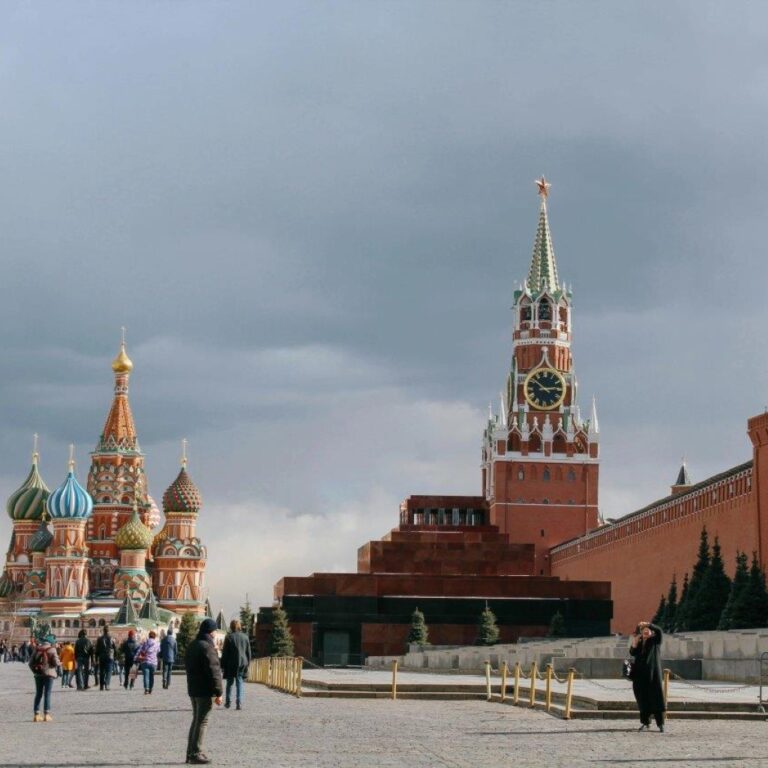People call Marrakech the 'Red City' because its red sandstone buildings and walls give it a distinct color.
The city was founded in 1070 by the Almoravid dynasty and quickly became a cultural and religious center of the Islamic world.
The Medina of Marrakech is a UNESCO World Heritage Site, renowned for its maze-like alleys, bustling souks, and historic palaces.
The Koutoubia Mosque, the largest mosque in Marrakech, is an iconic landmark with a minaret that stands 77 meters tall.
Marrakech is famous for its souks (markets), where you can find a wide variety of goods, including spices, textiles, jewelry, and traditional Moroccan crafts.
The Jardin Majorelle, a beautiful garden in Marrakech, was designed by French painter Jacques Majorelle and later owned by fashion designer Yves Saint Laurent.
The city is home to the Djemaa el-Fna, one of the busiest squares in Africa, known for its lively atmosphere, street performers, and food stalls.
The city is surrounded by the Atlas Mountains, offering stunning views and outdoor adventure opportunities such as hiking and skiing.
Marrakech's traditional architecture includes riads, which are houses built around a central courtyard, often adorned with intricate tilework and fountains.
The city has a rich cultural heritage, with influences from Arab, Berber, and French cultures reflected in its art, cuisine, and music.
The city is a major center for Moroccan cuisine, with dishes like tagine, couscous, and pastilla being popular staples.
The city hosts the annual Marrakech International Film Festival, which attracts filmmakers and celebrities from around the world.
The Saadian Tombs, rediscovered in 1917, are a historic site in Marrakech, known for their stunning decoration and architectural significance.
Marrakech is a popular destination for luxury travelers, with numerous high-end hotels, spas, and boutique accommodations.
The city has been a source of inspiration for many artists, writers, and musicians, including Winston Churchill, who often painted the landscapes of Marrakech.



